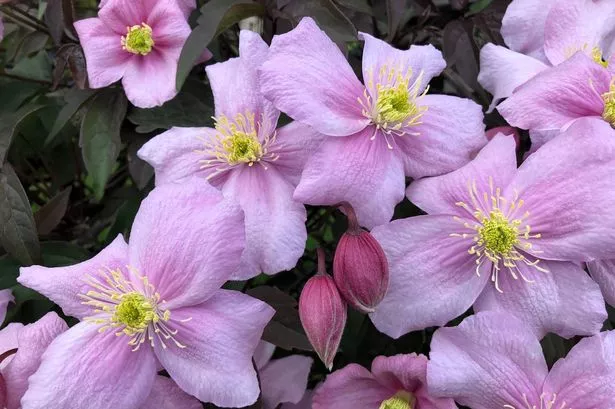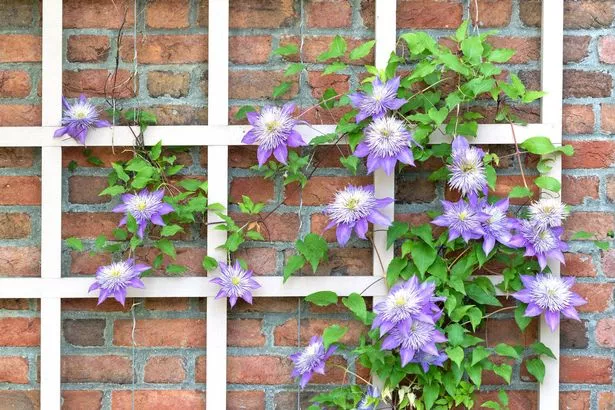Gardening expert Monty Don has shared a simple tip to ensure even more impressive clematis blooms next year – and it’s something gardeners can do this month Clematis flowers are native to Japan and China, but can be found worldwide (Image: Getty Images)
Clematis flowers are native to Japan and China, but can be found worldwide (Image: Getty Images)
It’s that time of year, gardeners are clamoring to get outside and tend to their plots, presuming the weather permits. Clematis flowers, with their open tapered petals, are a sight to behold. To ensure even more stunning blooms next year, gardening guru Monty Don has one key tip.
Hailing from Japan and China, these blossom-laden climbers have won hearts worldwide. With over 350 different types of clematis flowers globally, the range spans from the delicate alpine clematis to the peculiarly furry old man’s beard.
Many clematis varieties thrive in the US, requiring either full or partial sun, though they may not bloom as vibrantly in shadier spots, reports the Mirror UK.
READ MORE: Donald Trump dementia fears as ‘brain misfires’ in worrying Oval Office announcement READ MORE: Melania Trump grins and bears as Donald describes painful humiliation in four words
These plants are perennials, meaning they return year after year. However, this doesn’t mean they don’t need a little extra care.
One of the best ways to give your clematis a leg up is to spread compost over the soil. Compost typically packs a nutritious punch with elements like nitrogen, potassium, and phosphorus, all vital for plant growth.
 Clematis are a climbing plant, as seen here, growing up a trellis (Image: Getty Images/iStockphoto)
Clematis are a climbing plant, as seen here, growing up a trellis (Image: Getty Images/iStockphoto)
In his blog, Monty shares: “The secret of making it reasonable quickly is to have a good mix of matter high in nitrogen (green) like grass clippings and drier material (brown) that is high in carbon and then to aerate it often by turning it.”
He further notes that this doesn’t have to be “a major operation.” A simple forking through the compost will help circulate air within it.
The primary goal is to circulate oxygen throughout the compost heap, which energizes the bacteria that devour the decaying matter, transforming it into nutrient-rich compost.
Monty notes that this practice will boost your soil with vital bacteria, fungi, and nutrients, calling it “better than any product known to man.”
 Turning compost helps with aeration by creating holes in the soil(Image: Grandbrothers via Getty Images)
Turning compost helps with aeration by creating holes in the soil(Image: Grandbrothers via Getty Images)
If you’re uncertain about what to toss into your compost, start in your kitchen. A lot of everyday food leftovers can be transformed into top-notch fertilizer.
A favored addition to any compost is banana peels. Bananas pack a punch with potassium, crucial for spurring on plant growth and once decomposed, these elements become readily available to your greenery.
You might also consider adding fallen leaves from your backyard to the mix, which are chock-full of good stuff like carbon.
And don’t skip over pet hair if you have furry friends around the house – odd as it may sound, their sheddings are nitrogen gold mines for your plants.

